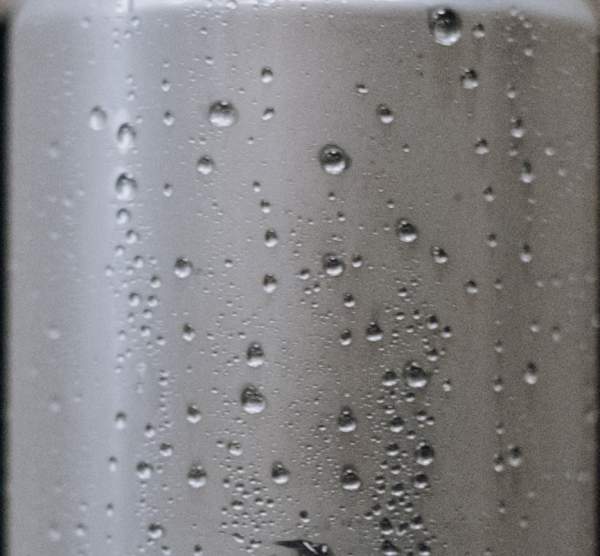Understanding and measuring the dew point when painting steel in cold or damp conditions is essential. Here is a guide to establishing the dew point and the minimum temperature for successful painting.
When painting steel in cold or damp conditions, be wary of the dew point. This is the temperature at which condensation forms on the steel. As soon as this happens or is likely to happen you cannot paint: no if’s or but’s, just STOP painting until you take corrective action.
The temperature of steel should be at least 3 degrees centigrade above the dew point. There is no set temperature – it’s a case of establishing the dew point at the current time.

Condensation is a recipe for disaster when painting metal.
Working out the dew point
In order to calculate the dew point you need to know the following information:
- The ambient temperature where you are painting.
- The relative humidity (RH). This can be measured with a hygrometer or taken from a weather app set to your local area.
Once you know the temperature and RH, you can use the online dew point calculator at http://dpcalc.org/ or use a dewpoint app on your phone. Enter the temperature and RH and the dew point will be calculated automatically.
Alternatively, invest in an all-in-one dew point meter that measures temperature and RH, and calculates the dew point for you.
Deciding whether you can paint
Now you know the dew point, place a magnetic thermometer on the steel to be painted:
- If the steel’s temperature is at least 3 degrees centigrade or more above the dew point, it’s OK to paint.
- If the steel is not warm enough, don’t paint until it is!
You may be able to heat the working area until the steel and ambient temperatures rise. HOWEVER, most heating sources are likely to create condensation, so heating is not always an option. A solution is to use infra-red heaters that create a ‘dry heat’ and avoid condensation. Investing in infra-red is a great idea if you simply must paint in cold and damp conditions.
You should continue to check the temperature regularly during and after painting. The temperature should be maintained for several hours after painting to promote successful drying and curing of the paint.
